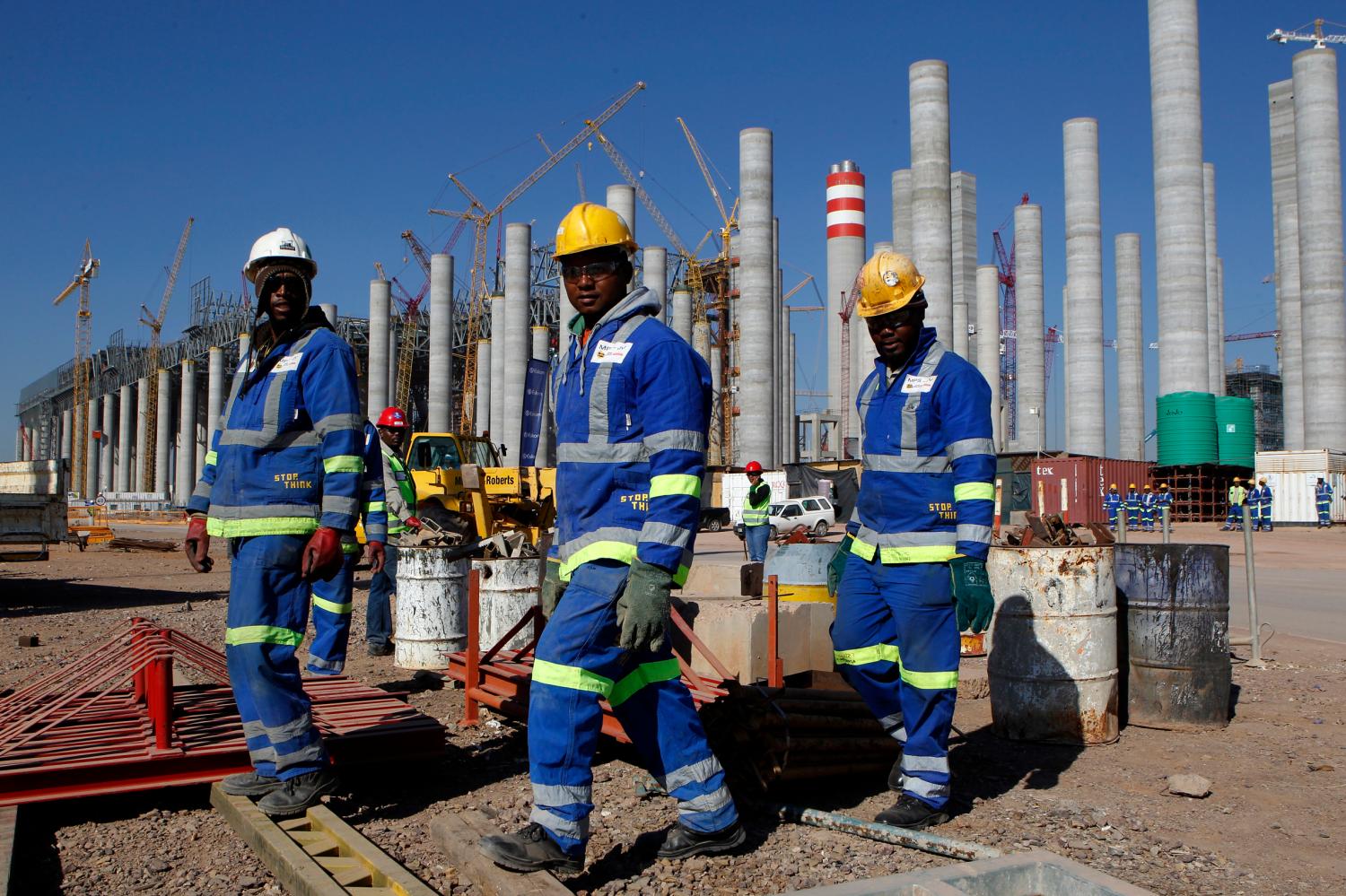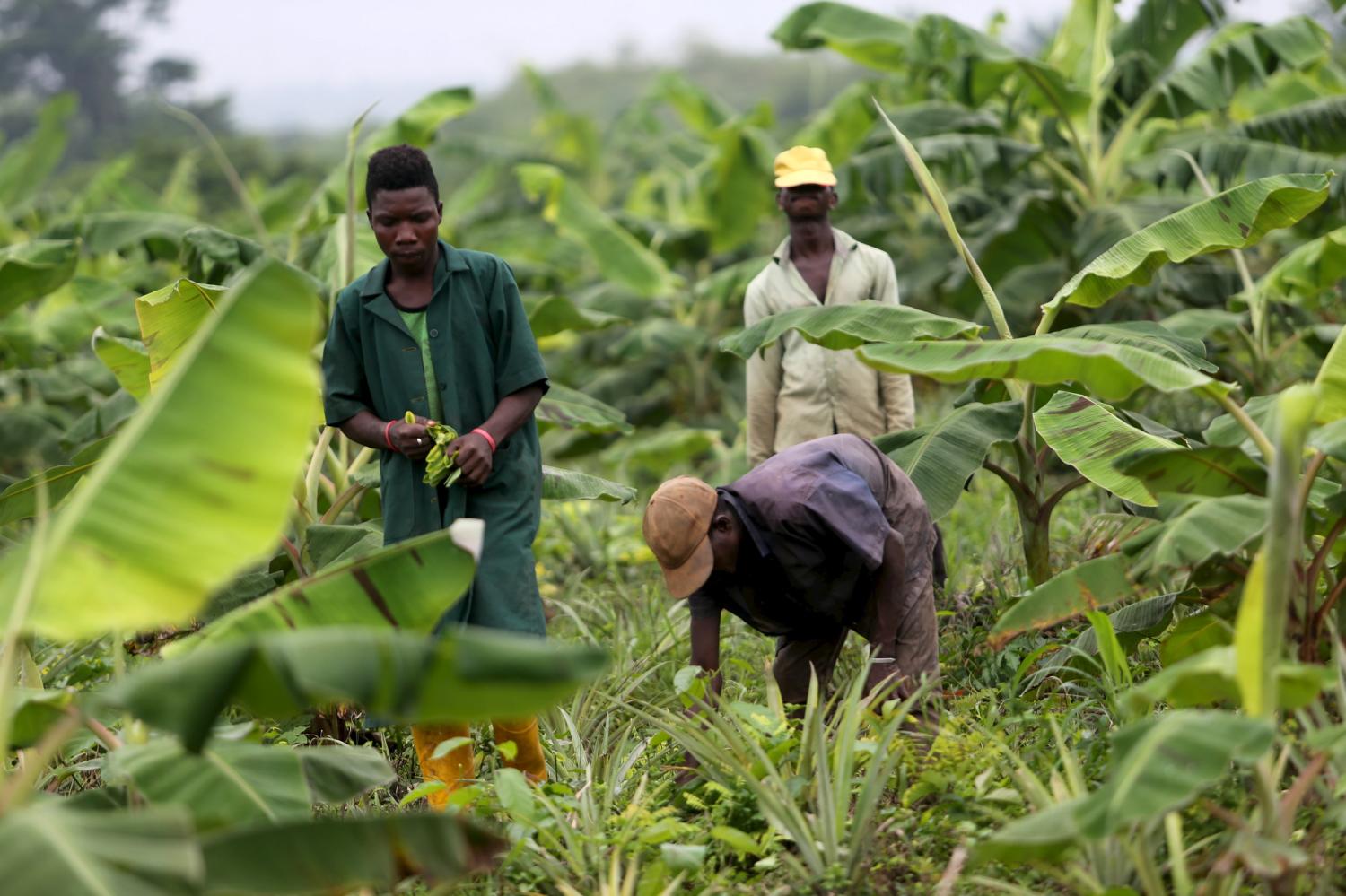Africa’s experience with industrialization over the past forty years has been disappointing. In 2010 sub-Saharan Africa’s average share of manufacturing value added in GDP was 10 percent, unchanged from the 1970s. The nine country case studies in this paper series – seven from sub-Saharan Africa, one from North Africa and two from newly industrializing East Asia – offer some insights into why it has been so difficult to bring industry to Africa.
These country studies point toward some important differences in the policy and institutional approaches taken by governments to promote industrial development. Broadly speaking, Cambodia, Tunisia and Vietnam moved in one direction – toward foreign direct investment and exports—and the eight Sub-Saharan African countries in another. The outcomes of these choices and the constraints outlined in each paper help to explain why there is so little industry in Africa.
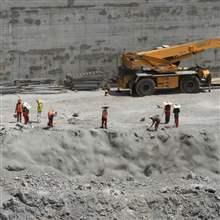 |
Industrial Policy and Development in Ethiopia: Evolution and Present ExperimentationAs one of the earliest implementers of comprehensive industrial policy on the continent, Ethiopia provides an excellent case study of experimentation in this policy area in Africa. This paper examines the choices, implementation processes, and outcomes of Ethiopian industrial policy. |
|
 |
Economic History of Industrialization in Cambodia
|
|
 |
Industrial Development and Growth in Nigeria: Lessons and Challenges
The structure of the Nigerian economy is typical of an underdeveloped country. The oil and gas sector dominates the gross domestic product, accounting for over 95 percent of export earnings and about 85 percent of government revenue between 2011 and 2012. Meanwhile, the industrial sector accounts for 6 percent of economic activity, while the manufacturing sector contributed only 4 percent to GDP in 2011. Nigeria’s industrialization strategy aims to achieve greater global competitiveness in the production of processed and manufactured goods by linking industrial activity with primary sector activity, domestic and foreign trade, and service activity. |
|
 |
The Evolution of Industry in Uganda
This paper looks at the evolution of industry in Uganda, examining drivers and constraints since the pre-colonial period to present day. The authors look at the role of the state in industrialization during the pre-colonial and immediate post-colonial period and how a non-direct interventionist policy has not been adequate to propel industrial development in Uganda. |
|
 |
Mozambique’s Industrialization
This paper details the economic and political transformation of Mozambique from World War II to the present. Although growing at more than 7 per cent annually since 1992, the economy faces the challenge to diversify, integrate and industrialize. |
|
 |
Scoping of the Tunisian Economy
In this scooping paper on the Tunisian economy, the authors review the substantial structural changes it has undergone since independence in 1956. Tunisia’s past record of consistent growth has often masked inequality, regional disparities and high unemployment rates among educated youth. The authors evaluate the performance of the manufacturing industry over the past five decades in terms of exports, production and foreign direct investment, and conclude with a review of the main industrial policies undertaken by the government since independence. |
|
 |
Scoping Study on the Evolution of Industry in Ghana
This paper chronicles the evolution of industry in Ghana over the post-independence era from an inward overprotected import substitution industrialization strategy between 1960 and 1983, to an outward liberalized strategy during 1984-2000, and since 2001, to a private sector-led accelerated industrial development strategy based on value-added processing of Ghana’s natural resource endowments. |
|
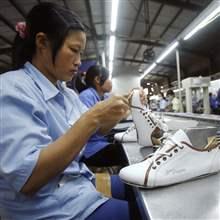 |
The Evolution of Vietnamese Industry
In Vietnam, the industry sector has experienced gradual growth as the country’s economy becomes increasingly open and more deeply integrated with economies in the regional and around the world. To support this integration process, many export-processing zones, industrial zones and economic zones have been set up to attract the interest of multi-sectors, including foreign and non-state investors. While the capacity, output and productivity of the industrial sector have improved considerably, this paper highlights a number of policy issues that arose during the industrial development process. |
|
 |
The Performance of Manufacturing Sector in Tanzania: Challenges and the Way ForwardSince independence in 1961, Tanzania’s industrial sector has evolved through various stages, from nascent and undiversified, to state-led import substitution industrialization, and subsequently to de-industrialization under structural adjustment programs and policy reforms. The current development agenda, however, has reestablished industrial development as a policy priority. This paper examines the performance of the manufacturing sector, with particular interest in identifying the emerging manufacturing subsectors, drivers of their success, and challenges for sustained competitiveness. |
|
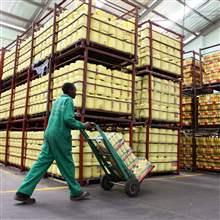 |
Scoping paper on Kenyan manufacturingThree major policy regimes, namely import substitution, market liberalization and export promotion have greatly influenced Kenyan industrialization since independence in 1963. Overall, import substitution strategy was successful in establishing some primary industries but led to reduced domestic competition and low capacity utilization. Market liberalization policies in 1980 failed as local industries were unable to compete with imports. The export orientation strategy in the 1990s was unsuccessful due to poor implementation of fiscal initiatives and macro-economic mismanagement. Reforms since 2003 have stabilized industrial production but challenges remain in infrastructure, energy and market access. The future of Kenyan industry lies in high-value production. |
|
 |
Scoping paper on industry in SenegalSenegal is a typical sub-Saharan economy, which conducted an import substitution policy over 1960-86, followed by a policy of support for the private sector and liberalization of the economy. It suffers from a low level of economic development, hindering the process of economic diversification, and translating into an over-concentration of its exports and production. Through a careful analysis of the main advantages and drawbacks of the Senegalese economy, this scoping paper emphasizes the key obstacles to unleashing prosperity in the country: electricity supply and quality, and the educational system. |
|
The Brookings Institution is committed to quality, independence, and impact.
We are supported by a diverse array of funders. In line with our values and policies, each Brookings publication represents the sole views of its author(s).
